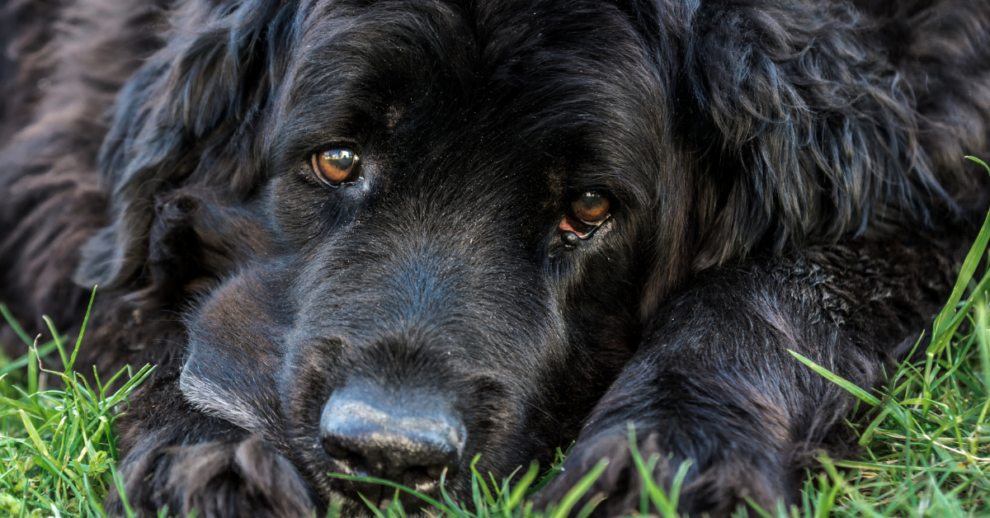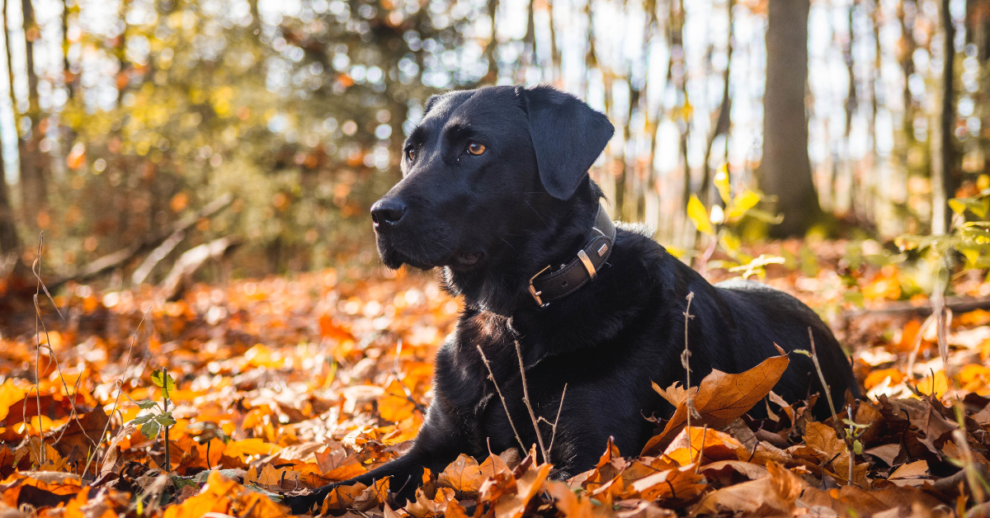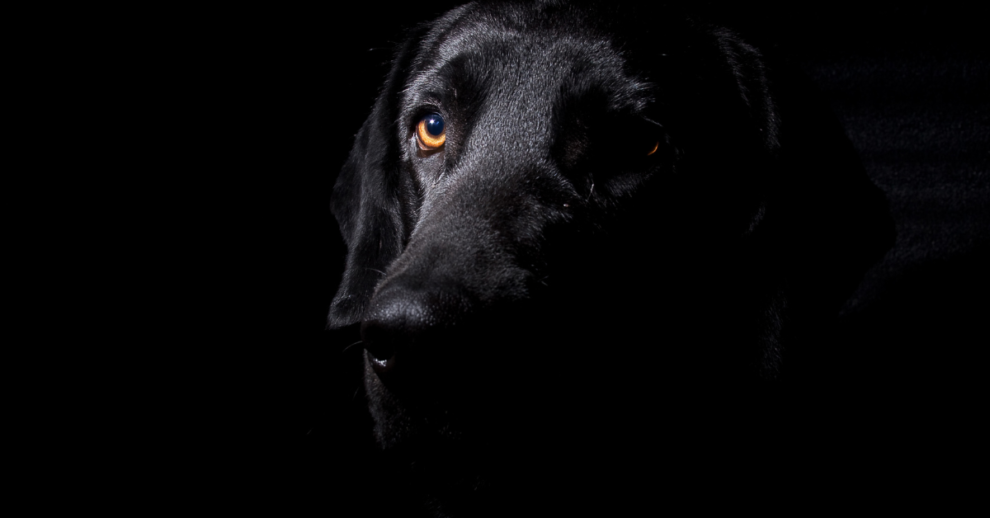Black dogs stand out with shiny coats and loyal looks, yet they are often passed over in shelters; this is known as Black Dog Syndrome, and below you'll read what it is, why it happens and how to help break it.
What is Black Dog Syndrome?
Black Dog Syndrome describes the tendency of adopters to ignore black dogs, causing them to stay in shelters longer on average, even though they are just as sweet, playful and loyal as dogs of lighter colors.
Where does this stigma come from?
The origin is a mix of cultural, psychological and practical factors that reinforce each other.
Cultural and historical influences
In folklore, black animals are sometimes associated with misfortune, and in stories or movies, "black dogs" appear as bringers of doom; such images unconsciously color our expectations.
Literature and media
Black dogs are regularly portrayed menacingly in popular culture, feeding the "dangerous" stereotype, even when they are gentle domestic dogs.

Psychological factors
Association with threat
Dark colors can subconsciously feel more menacing, especially in larger breeds, which negatively affects the first impression.
Less visible facial expressions
In low light, eyes and expression are less noticeable, making it more difficult for people to judge the dog's character.
Practical causes in animal shelters
Photography and visibility
A black coat reflects little light; without proper lighting, details disappear, making for less attractive profile images and fewer clicks.
Blending into the group
Among multicolored dogs, black is less likely to stand out, especially in pens or group photos.

Racial stereotyping
Breeds such as Rottweilers or Dobermanns sometimes carry a watchdog image; those labels say little about the individual, but do guide the choice of adopters.
Black Dog Syndrome as a modern phenomenon
The term became popular in the early 2000s; online adoption markets and social media placed more emphasis on photos, making first impressions even more defining.

What do the studies say?
Studies and data
Analyses from the shelter world report longer stays for black dogs; color is a factor in addition to breed, size and age, but rarely the only one.
Staff observations
Employees see black dogs being passed over more often, even if they are healthy, friendly and well-trained.
Why black dogs are great
- Timeless beauty: A glossy black coat looks classy and powerful.
- Equally loving: Character does not depend on color; black says nothing about behavior.
- Photogenic with tips: with daylight and a light background, they pop in photos.
- Unique personalities: each individual has his or her own needs, energy and charm.
How can we combat Black Dog Syndrome?
- Better photos: Photograph in daylight, focus on eyes, use a light background and add a happy collar.
- Clear descriptions: appoint character, routine, training and fun facts.
- Social proof: share experiences of foster families and adopters.
- Meet & greet: let people get acquainted in a quiet setting; the click often follows quickly.
- Training and enrichment: Offer basic commands and play to show confidence.
Conclusion and call
Black dogs deserve the same opportunities as any other dog; look beyond the color, meet in real life and share information so that more people let go of their prejudices.









